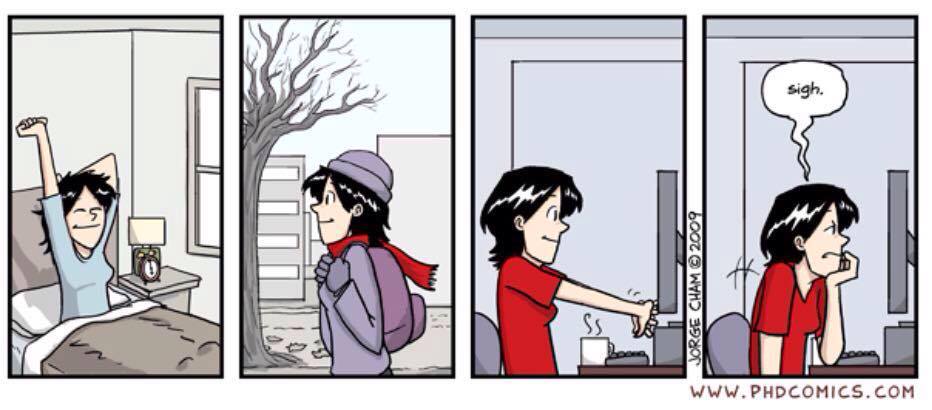
My Research
I am a researcher in the field of Astrodynamics, combining applied mathematics and aerospace engineering. I always doubt on
defining my scientific area Mathematics or Aerospace Engineering. However, being interdisciplinary has allowed me to participate
in technology transfer projects applying my research to real-life problems.
Since the beginning of my scientific career I have worked on orbital dynamics and control for solar sails: a novel propulsion system
that takes advantage of solar radiation pressure (SRP) via specialized highly reflecting surfaces to accelerate a satellite. Solar sails
enable new mission concepts, such as constant observation of Earth’s poles; monitoring the Sun activity; flexible multi-rendezvous
mission to Near Earth asteroids; or even visiting distant star systems.
Throughout my carrear I have actively collaborated with the members in the Barcelona Dynamical System Group (BDSG), a group with
a long tradition in astrodynamics. They were the first to introduce the use of dynamical system tools in space mission design, tools
that have been used in real missions like SOHO, Genesis, Herschel-Plank, Artemis and Gaia.
I list below some of the projects I am working on:
(1) Cataloging bounded motion for a solar sail in Earth-Sun and Earth-Moon systems is crucial to understand the possibilities solar sails
present vs chemical propulsion systems. For instance, mission like SOHO, Genesis or Gaia orbit around Libration Point Orbits (LPO),
natural orbits of the system. This study deals with non-Hamiltonian systems where many numerical tools have to be adapted.
(2) In collaboration with JAXA, we are studying the solar sail capabilities for an observational mission to the Trojan asteroid (IKAROS-II).
We focus on the dynamics of a sailcraft around an asteroid, providing natural trajectories which allows observing the whole asteroid while
reducing the overall mission cost.
(3) In collaboration with NASA-GSFC, I am working on high-fidelity modeling of SRP effect on satellites. Due to their complex shape and
large solar panels, it is known that SRP is relevant on LPO or interplanetary missions. A good modeling of this effect can help reduce the
mission cost and extend its lifetime. Many challenges are met in this problem, function approximation via spherical harmonics,
Ray-tracing techniques in computer vision, …
(4) With researchers in BDSG, I worked on uncertainty propagation for the asteroid Apophis using the Jet-Transport tool (under an ESA contract).
This novel tool allows to have analytical expressions for the evolution of uncertainties in space: which can be used for tracking asteroids or space
debris, to compute transfer orbits, or even control schemes. We want to provide open-source code to use this tool within the group.
Among my expertise I would like to highlight:
- Mathematical modelling for Astrodynamics and Space Mechanics.
- Solar Sails and Low-Thrust propulsion systems.
- Station Keeping strategies for Low-thrust propulsion systems.
- Optimal control tools for Astrodynamics and Space Mechanics.
- Numerical tools for the study of dynamical systems.
- Symplectic splitting methods for dynamical astronomy.
- Celestial Mechanics (RTBP, Elliptic RTBP, Hill problem).